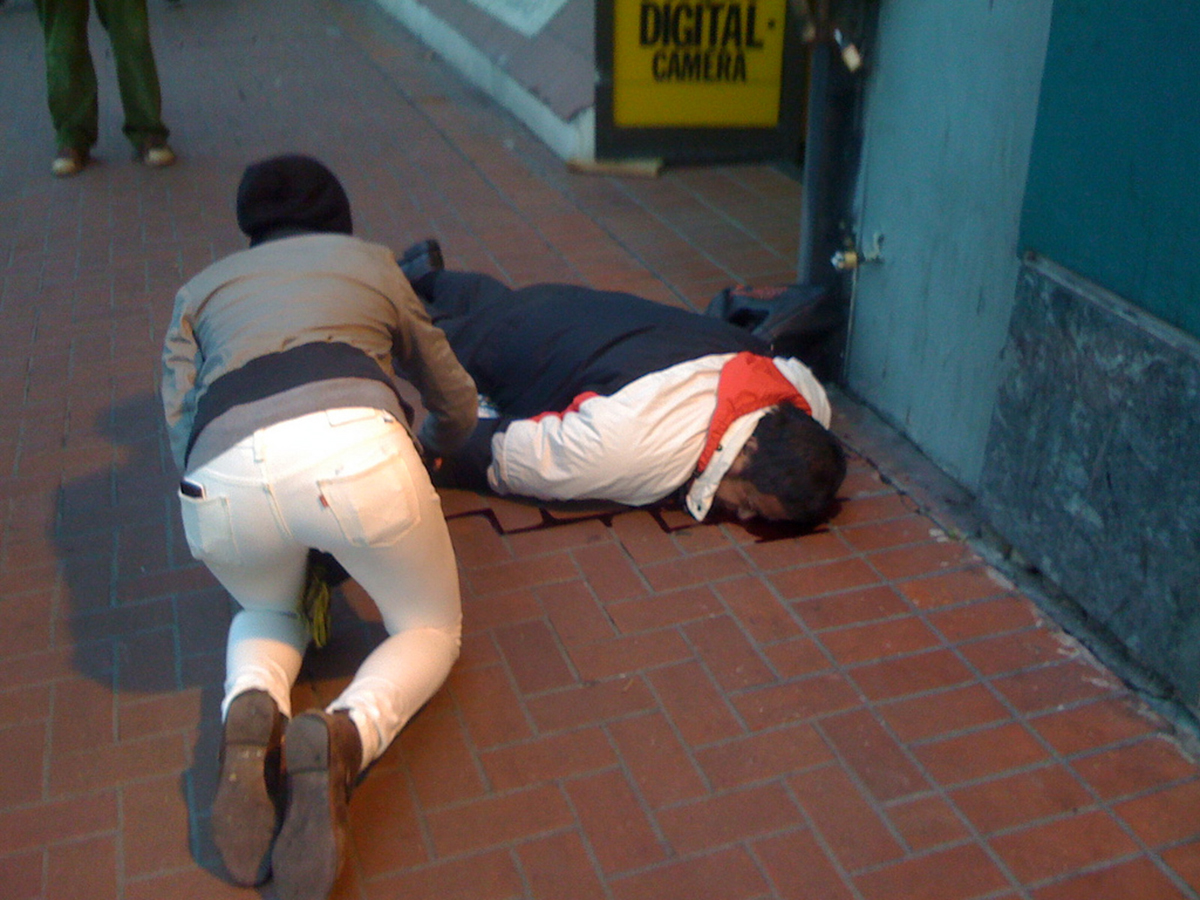Table of Contents
For the millions of people living with epilepsy, the condition can have an impact on all areas of their life. Finding effective treatment not only improves symptoms, but it may also greatly improve their quality of life.

What Is An Epileptic Seizure?
Normally, neurons transmit electrical impulses throughout the brain. A seizure can develop when there is a disruption to the electrical activity in the brain.
It is important to understand that not everyone who has a seizure has epilepsy. Seizures can be caused by several things, including extremely high fevers, head injuries and brain tumors. According to John Hopkins University, a diagnosis of epilepsy is considered when two or more seizures, which are unprovoked, occur.
The condition affects both children and adults. There are different types of epileptic syndromes and different types of seizures. For example, temporal lobe epilepsy is the most common epileptic syndrome. Other epileptic syndromes include frontal lobe epilepsy, Rasmussen’s Syndrome and juvenile myoclonic epilepsy.
In addition to different syndromes, there are also two main types of seizures including partial and generalized. Partial seizures start in one location in the brain. Generalized seizures do not have a specific location where they start. Instead, they appear to start everywhere at once.
The exact symptoms of a seizure may vary depending on where in the brain the seizure starts. Most people are familiar with seizures and know about some of the symptoms that can result from them, such as uncontrollable muscle spasms and a loss of consciousness.
Conventional Treatment Options For Epilepsy
Different treatments are available for children and adults with epilepsy. The recommended treatment may depend on the type of epilepsy and how frequently seizures are occurring, while other aspects of the person's health (such as comorbid disorders) are also taken into account. In some cases, various types of treatment may be tried until something that controls seizures is found. Below are a couple of conventional treatment options.
Medication: In many instances, medication is one of the first treatments used for epilepsy. Several types of anti-epileptic medications can be used to manage the symptoms of epilepsy. According to The University of Chicago Medical Center, the available anti-epileptic medications have increased from a handful in the 1980s to over 20 currently.
Although anti-epileptic medication can be useful, side effects may occur, such as weight gain, fatigue and memory problems. It is essential that the risks versus the benefits of anti-epileptic medications are weighed before taking the medication.
See Also: Ketogenic Diets: They Are Not Just for Epilepsy Any More
Vagus Nerve Stimulation: Vagus nerve stimulation is a type of epileptic treatment that can be used in adults when medication has proven to be unsuccessful in stopping seizures. The treatment involves surgically implanting a device under the skin in the chest. Wires attached to the implant are threaded up to the vagus nerve, which is located in the neck. The device is programmed to emit small, electrical impulses at specific intervals, which inhibits seizures. According to the Mayo Clinic, vagus nerve stimulation usually decreases seizure activity between 20 to 40 percent in most people.
- www.mayoclinic.org/diseases-conditions/epilepsy/diagnosis-treatment/treatment/txc-20117241
- www.hopkinsmedicine.org/neurology_neurosurgery/centers_clinics/epilepsy/seizures/index.html
- epilepsy.med.nyu.edu/epilepsy-surgery/surgery-treatment-options/multiple-subpial-transections#sthash.BpyKok4T.dpbs
- epilepsy.med.nyu.edu/epilepsy-surgery/surgery-treatment-options/corpus-callosotomy#sthash.Mlg9ugWk.dpbs
- www.epilepsy.com/make-difference/advocacy/advocacy-priorities/epilepsy-and-medical-marijuana
- Photo courtesy of Ribzy by Flickr: www.flickr.com/photos/halloweenworld/3219430584
- Photo courtesy of C+H by Flickr: www.flickr.com/photos/chrisandhilleary/201598236


Your thoughts on this